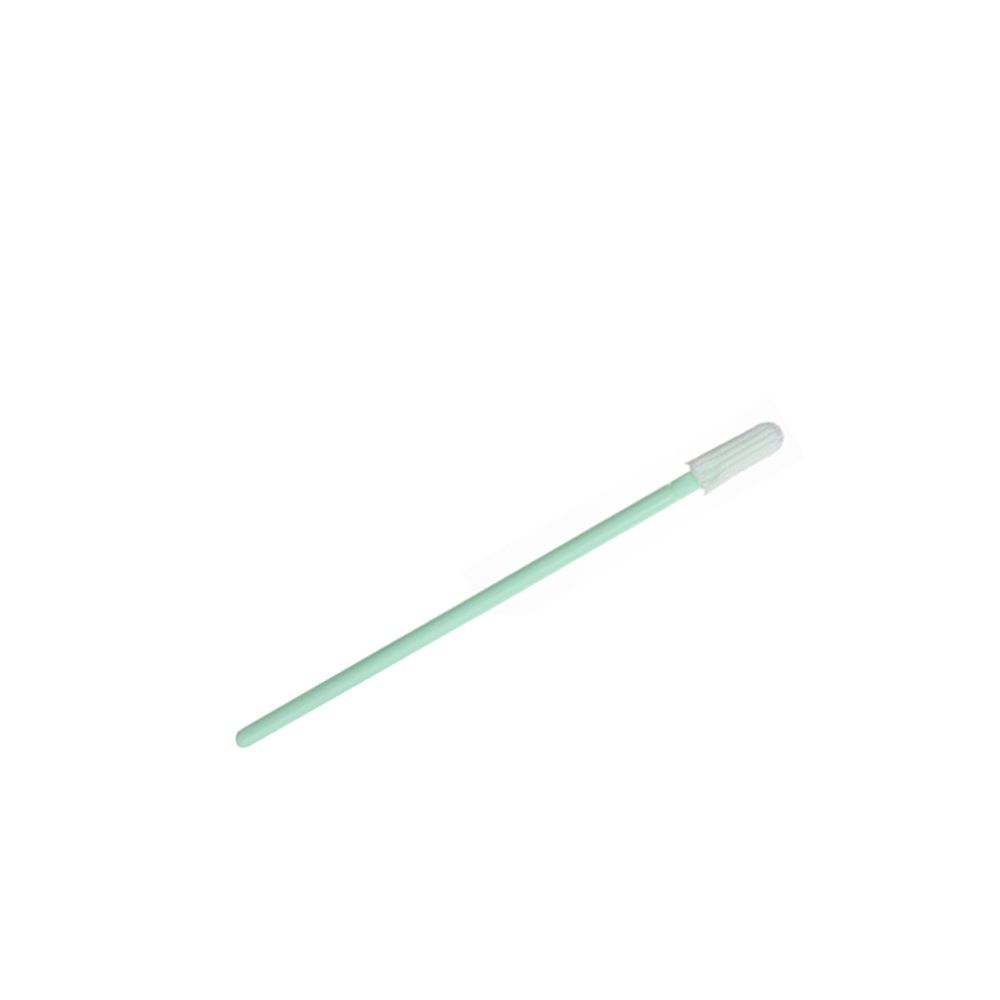The main characteristics of the resistance parameters 1, nominal resistance: resistance marked above the resistor.
2. Allowable error: The deviation of the ratio of the difference between the nominal resistance and the actual resistance value to the nominal resistance value is the resistance value, which represents the accuracy of the resistor. The correspondence between the allowable error and the accuracy level is as follows: ±0.5%-0.05, ±1%-0.1 (or 00), ±2%-0.2 (or 0), ±5%-I, ±10%-II, ± 20%-III grade 3, rated power: The maximum power allowed for long-term operation of the resistor under normal atmospheric pressure of 90-106.6KPa and ambient temperature of -55 °C ~ +70 °C.
Wirewound resistors rated power series (W): 1/20, 1/8, 1/4, 1/2, 1, 2, 4, 8, 10, 16, 25, 40, 50, 75, 100, 150, 250, 500
Non-wire wound resistors rated power series (W): 1/20, 1/8, 1/4, 1/2, 1, 2, 5, 10, 25, 50, 100
4, rated voltage: voltage converted by resistance and rated power.
5, the highest working voltage: maximum continuous operating voltage allowed. When operating at low pressure, the maximum operating voltage is low.
6. Temperature coefficient: The relative change in the resistance value caused by a temperature change of 1°C. The smaller the temperature coefficient, the better the resistance stability. Resistance increases with increasing temperature as a positive temperature coefficient, and vice versa as a negative temperature coefficient.
7. Aging coefficient: The percentage of resistance change under the rated power long-term load, it is the parameter that represents the length of the resistor life.
8, voltage coefficient: In the specified voltage range, the voltage changes every 1 volt, the relative amount of change of the resistor.
9, noise: an irregular voltage fluctuations in the resistor, including thermal noise and current noise in two parts, the thermal noise is due to irregular internal electron free movement of the conductor, so that any two conductor voltage irregular changes .
2. Allowable error: The deviation of the ratio of the difference between the nominal resistance and the actual resistance value to the nominal resistance value is the resistance value, which represents the accuracy of the resistor. The correspondence between the allowable error and the accuracy level is as follows: ±0.5%-0.05, ±1%-0.1 (or 00), ±2%-0.2 (or 0), ±5%-I, ±10%-II, ± 20%-III grade 3, rated power: The maximum power allowed for long-term operation of the resistor under normal atmospheric pressure of 90-106.6KPa and ambient temperature of -55 °C ~ +70 °C.
Wirewound resistors rated power series (W): 1/20, 1/8, 1/4, 1/2, 1, 2, 4, 8, 10, 16, 25, 40, 50, 75, 100, 150, 250, 500
Non-wire wound resistors rated power series (W): 1/20, 1/8, 1/4, 1/2, 1, 2, 5, 10, 25, 50, 100
4, rated voltage: voltage converted by resistance and rated power.
5, the highest working voltage: maximum continuous operating voltage allowed. When operating at low pressure, the maximum operating voltage is low.
6. Temperature coefficient: The relative change in the resistance value caused by a temperature change of 1°C. The smaller the temperature coefficient, the better the resistance stability. Resistance increases with increasing temperature as a positive temperature coefficient, and vice versa as a negative temperature coefficient.
7. Aging coefficient: The percentage of resistance change under the rated power long-term load, it is the parameter that represents the length of the resistor life.
8, voltage coefficient: In the specified voltage range, the voltage changes every 1 volt, the relative amount of change of the resistor.
9, noise: an irregular voltage fluctuations in the resistor, including thermal noise and current noise in two parts, the thermal noise is due to irregular internal electron free movement of the conductor, so that any two conductor voltage irregular changes .
ESD Anti-static Polyester Swabs
Anti-static Cleanroom Polyester Swabs are made from 100% Polyester fabric tips and ESD polypropylene handles. ESD Polyester Cleanroom Swabs feature excellent solvent resistant, can be used with harsh solvent such as Acetone, trichloroethane,etc. They are soft, clean,makes them a good choice to clean sensitive surfaces like lens, optics.

ESD Anti-static Polyester Swabs
ESD Anti-static Polyester Swabs, Static Control Polyester Swab, ESD Safe Polyester Swab, Static Dissipative Fabric Swab, ESD Polyester Swab Stick, Anti-static Cleanroom Polyester Swab
Mediclean Technology Co.,LTD. , http://www.mediclean-tech.com